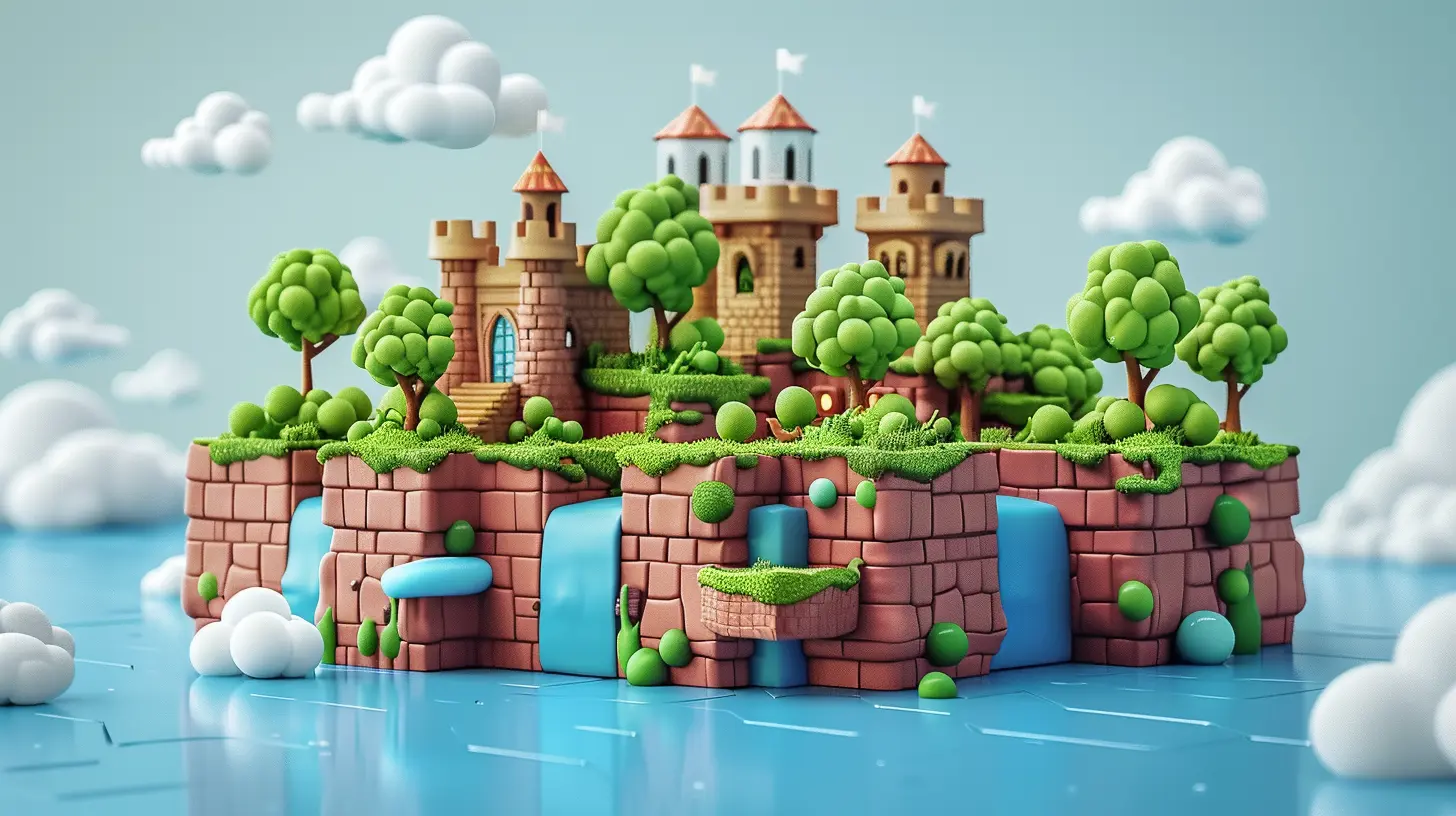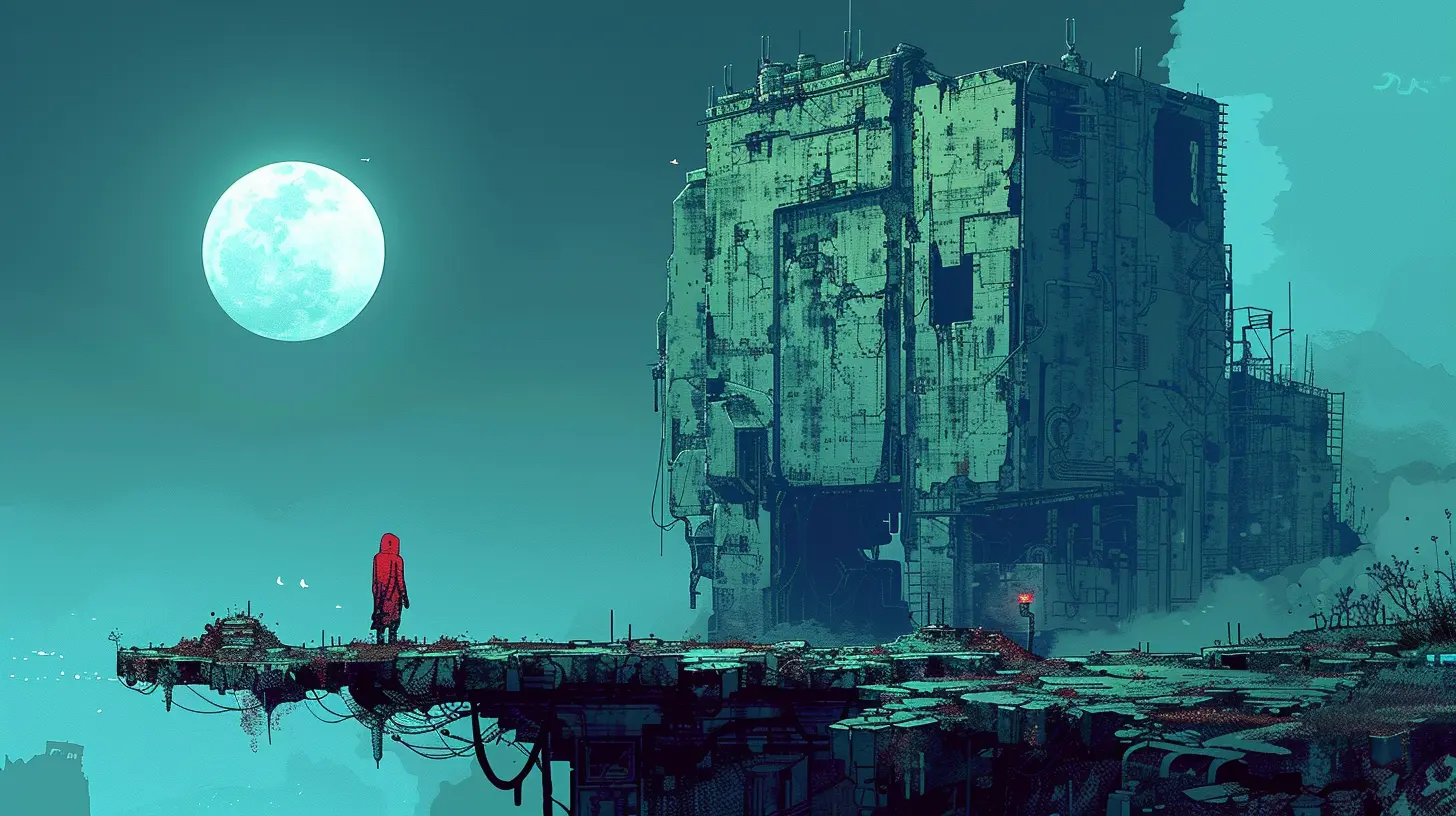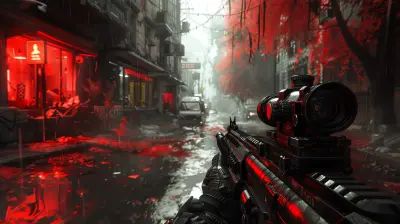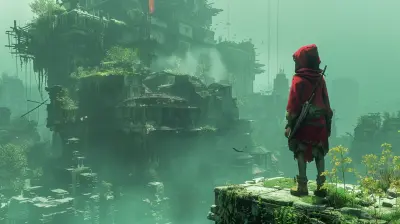How to Balance Freedom and Structure in Game Design
22 October 2025
Game design is an art form. It’s like trying to cook the perfect meal—you need just the right amount of spice (freedom) and just the right amount of recipe adherence (structure). Too much structure, and the game feels restrictive, like you're hand-holding the player through every step. But too much freedom? Suddenly, players feel lost, overwhelmed, or worse, bored. So, how do you strike that fine balance between giving players the reins and nudging them in the right direction? Let’s dig in. 
Why Balance Matters in Game Design
Picture this: you’re playing an open-world game. It boasts an enormous map, endless side quests, and a million collectibles. You’re pumped! But after a few hours of wandering aimlessly, you realize... you don’t know what to do next. Where’s the story? What’s the point?Now flip it. Imagine playing a linear game where every move you make has been preordained. Go here. Do that. Watch this cutscene. While the story might be epic, at some point, you might feel like you’re just a puppet, dancing on the strings of the game designer.
This is why balance is key. Players want the thrill of freedom but also the satisfaction that comes with structured progression. It’s a dance, and the steps need careful choreography. 
Understanding Freedom in Game Design
Freedom in games? Oh, it’s intoxicating. It’s why people sink hundreds of hours into games like The Legend of Zelda: Breath of the Wild or Minecraft. Freedom lets players choose their path, experiment, and create their own stories.But freedom can be a double-edged sword. Without clear guidance, players might feel adrift. Not everyone loves having to figure everything out themselves. Some players thrive on a breadcrumb trail—small clues to keep them moving forward.
Pros of Freedom
- Player Agency: Freedom allows players to make their own decisions and feel like they’re truly in control of their experience.- Replayability: Games with open-ended systems often encourage multiple playthroughs. You want to see what happens if you take a different approach.
- Creation of Unique Stories: Unscripted moments often become the most memorable. (Looking at you, Skyrim!)
Cons of Freedom
- Lack of Direction: Too much freedom can lead to player paralysis, where the overwhelming number of choices results in them doing… absolutely nothing.- Dilution of Narrative: When there are no boundaries, the story can get lost or feel less impactful.
- Risk of Repetition: Open systems sometimes rely on procedural or repetitive gameplay mechanics, which can get old fast.

The Role of Structure in Game Design
Now, let’s look at structure. Structure is like a safety net. It’s there to reassure players that they’re on the right track, even when they’re not quite sure what they’re doing. From mission objectives to tutorials, structure provides the backbone for an engaging experience.Think about Portal. Its gameplay is incredibly structured, but it doesn’t feel limiting. Instead, that structure acts as a guide, gradually introducing players to new mechanics in bite-sized chunks. Good structure teaches you without making you realize you’re being taught.
Pros of Structure
- Guidance: Players know what’s next and have a sense of accomplishment when completing objectives.- Clear Narratives: A structured approach often strengthens storytelling, making the game feel tighter and more cinematic.
- Lower Learning Curve: New players aren’t overwhelmed by too much choice or complexity right out of the gate.
Cons of Structure
- Restricted Creativity: A tightly structured game limits the ways in which players can express themselves.- Lack of Replayability: Once you’ve experienced a linear game, there might be little incentive to come back.
- Feeling of Hand-Holding: If the structure is too rigid, it can feel like the game doesn’t trust you to figure things out.

Striking the Perfect Balance
So, how do you make a game that allows freedom but doesn’t skimp on structure? A successful game often integrates both, intertwining them seamlessly. Here are a few strategies to strike that perfect balance:1. Provide a Compass, Not a Map
Instead of dictating every single step, offer players a direction. Give them a goal but let them figure out the “how.” Take Breath of the Wild as an example. Sure, there’s a main quest to defeat Ganon, but how you approach it—or if you even tackle it right away—is entirely up to you.Think of it like hiking. A game map shouldn’t be a GPS that dictates every turn. It should be a compass, nudging players toward adventure while allowing them to explore freely.
2. Layer the Experience
Not everyone plays the same way. Some players love to speed through the main story, while others want to explore every nook and cranny. By layering your game with optional content, you cater to both groups.Consider The Witcher 3: Wild Hunt. It’s got a gripping, structured main storyline but also tons of side quests and open exploration. Want to follow Geralt’s journey through to the end? Great. Want to spend hours helping villagers, hunting monsters, and ignoring the main quest? That’s fine too.
3. Reward Exploration
If you’re offering freedom, make it worthwhile. A cave tucked away in the corner of a map should contain something exciting—a rare weapon, a lore tidbit, or even a fun Easter egg. It’s the designer’s way of saying, “Hey, thanks for straying off the beaten path!”Without these rewards, players might feel like their exploration is pointless. And no one likes feeling like they’ve wasted their time.
4. Use Soft Limits
Hard limits—those walls that scream “You Can’t Go Here!”—can make players feel boxed in. Instead, consider soft limits. Maybe a dangerous enemy guards a certain area until the player is strong enough to handle it. Or maybe an icy mountain requires special gear to climb.Soft limits preserve the illusion of freedom while still gently guiding players. It’s like dangling a carrot on a stick—not a brick wall.
5. Tell Stories Through the Environment
Not every story needs to be spoon-fed to the player. Environmental storytelling can provide structure without words. Games like Dark Souls are masters of this, using settings to hint at lore, goals, and challenges without ever spelling them out.This approach allows freedom within the framework of the world. Players can piece together as much—or as little—of the story as they’d like.
Examples of Games That Nail the Balance
Let’s look at some games that nailed the balance between freedom and structure:- Red Dead Redemption 2: The open world feels alive, yet the main storyline ties everything together in a truly cinematic way.
- Hollow Knight: The game encourages you to explore at your own pace but subtly nudges you in the right direction through its world design.
- Elden Ring: With its open-world structure, it offers unparalleled freedom but doesn’t skimp on curated dungeons and boss fights to give clear goals.
These games manage to feel both expansive and purposeful, a testament to the delicate balancing act required in great game design.
The Player’s Perspective
At the end of the day, players want to feel empowered. They want surprises, challenges, and the joy of discovery. Too much structure takes away that sense of agency, while too much freedom risks leaving players dissatisfied or confused.As a designer, your job is to anticipate their needs before they even realize them. It’s about crafting a world where they feel both liberated and supported.
Remember, it’s not about limiting players—it’s about giving them choices that feel meaningful.
Final Thoughts
Balancing freedom and structure in game design isn’t easy—it’s like walking a tightrope while juggling flaming swords. But when you get it right? Oh, it’s magic. Players fall in love because they feel like they’re not just playing a game; they’re living an experience.So, whether you’re designing the next indie darling or a triple-A blockbuster, keep this mantra in mind: freedom inspires creativity, and structure channels it. Combine the two, and you’ve got the recipe for a game that players will remember long after the credits roll.
all images in this post were generated using AI tools
Category:
Game DesignAuthor:

Francesca West
Discussion
rate this article
1 comments
Morrow Chapman
Balancing freedom and structure in game design is essential for creating engaging experiences. A well-defined framework provides players with direction, while allowing freedom fosters creativity and exploration. Striking this balance not only enhances gameplay but also keeps players invested. It's a challenge worth mastering for any successful game designer.
October 22, 2025 at 3:21 PM

Francesca West
Thank you for your insight! Balancing freedom and structure is indeed crucial for fostering creativity while providing guidance, ultimately enhancing player engagement.


